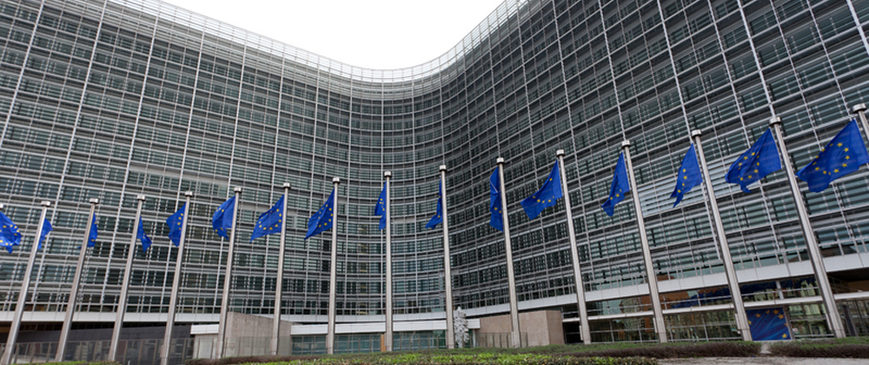
Taking the Pulse: Has political deadlock in member-states become a strategic problem for the EU?
Domestic political disagreements do not always lead to foreign policy paralysis: To defeat Nazi Germany, Winston Churchill and Clement Atlee bridged profound ideological differences, remaining in UK’s coalition government from 1940 to 1945.
That works if parties’ foreign policy aims are aligned. But former U.S. senator Arthur Vandenberg’s assertion that “politics stops at the water’s edge” would have been meaningless if Democrats and Republicans had disagreed about the need to stand up to Soviet expansionism after 1945.
In some EU countries, there is consensus among political parties across the political spectrum on responding to Russia’s war of aggression against Ukraine: The parliaments of both Finland and Sweden approved government decisions to join NATO by overwhelming cross-party majorities, for example. Policymaking is hamstrung, however, where there is no stable majority—as in France—and major parties disagree over key foreign policy challenges such as the Russian threat and how to respond to it.
But the biggest obstacle to effective EU foreign and security action is not domestic deadlock; it is disagreement among member states on the EU’s objectives, coupled with the union’s decisionmaking process. Even if twenty-six countries achieve cross-party agreement on how to respond to Trump or how to help Ukraine achieve victory, it only takes one Viktor Orbán to paralyze the EU.
